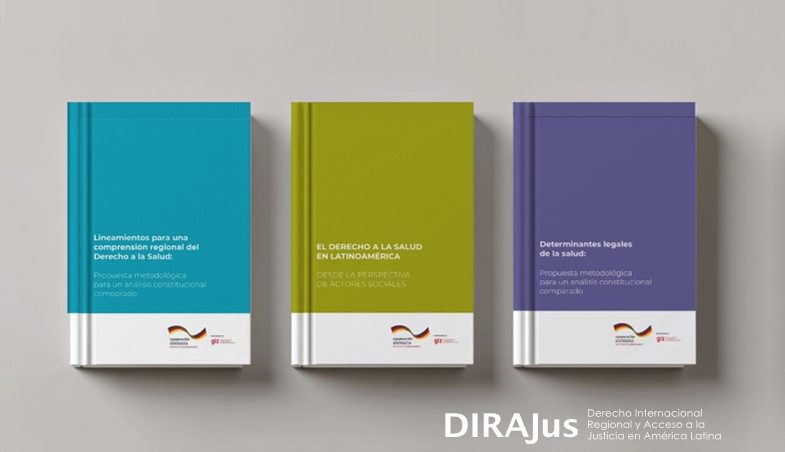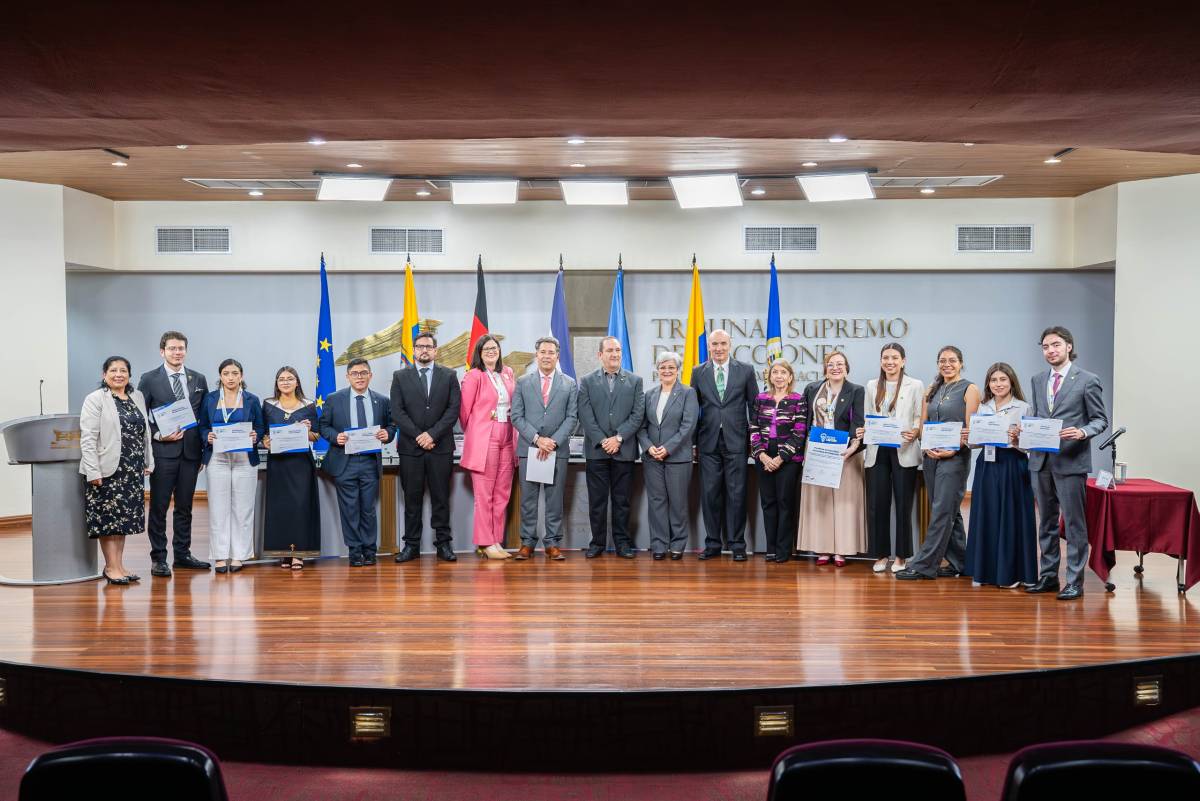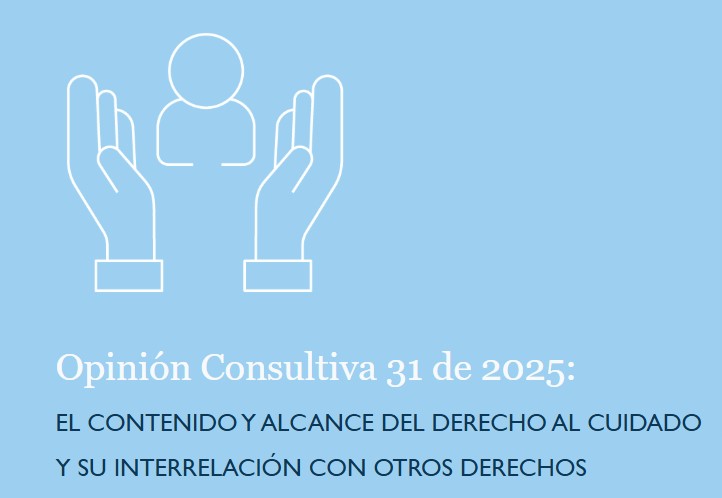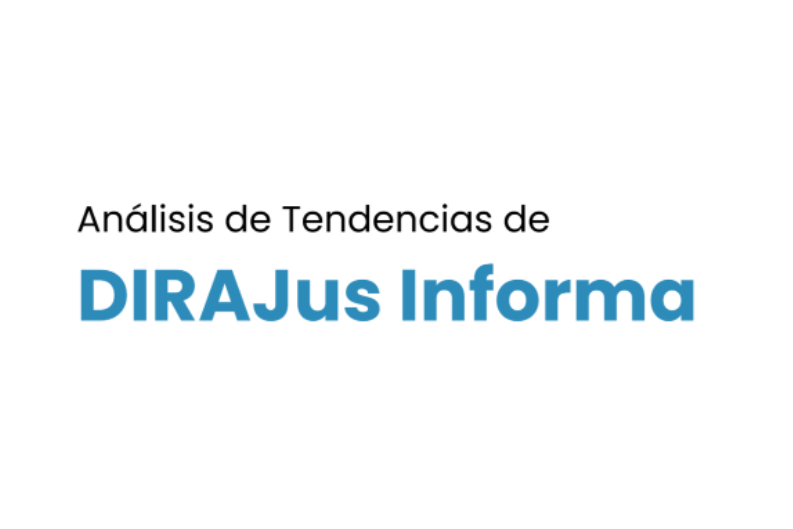On 6 June 2019, the Colombian Constitutional Court announced its long-awaited decision (made public 2 July 2019) regarding the constitutionality of the 2014 Colombia – France Bilateral Investment Treaty (BIT). Using an innovative line of reasoning, the Colombian Court did not only rule on whether or not this text was constitutional. It further declared the BIT to be “conditionally constitutional” [condicionalmente exequible], requiring the issue of a joint interpretative note that would clarify the meaning of several standards of treatment contained in the BIT.
Source: Ejil talk
July 29, 2019
This is not the first time that a constitutional adjudicator has analyzed international investment agreements. In Europe, for instance, resistance to International Investment Agreements (IIAs), such as the Comprehensive Economic and Trade Agreement between Canada and the European Union (CETA), has been framed in constitutional terms. However, there are several factors which point to the importance of this judgement not only for the two countries involved but also, more broadly, for the way multilateralism is understood.
The Court decision and the remedy of ‘conditioned constitutionality’
On 10 July 2014, France and Colombia signed a BIT in order to establish a legal framework for foreign investment. In line with updates to other investment agreements in recent years, the revised Colombia – France BIT incorporates a series of features that aim to protect the regulatory space of states. However, the treaty also contains clauses that have been criticized (see here) for not protecting the interests of a developing state such as Colombia.
After a detailed analysis of all the provisions in the BIT and the arguments for and against the declaration of constitutionality, the Court decided that the treaty was compatible with the Colombian Constitution. However, for some clauses of the BIT, it made the declaration of constitutionality conditional on the implementation of a future interpretative declaration of the two countries that would clarify the meaning of the words used to draft substantive standards of treatment. The Court sketched its methodology in the following way:
[…] the Court advises caution since a certain clause may allow for several interpretations, at least one of which may be incompatible with the Political Constitution. In this case, the appropriate remedy is to declare the conditional constitutionality [exequibilidad condicionada] of the treaty or any of its articles, then issue a warning to the President of the Republic such that if, in exercise of the constitutional competence to direct international relations, the President should decide to ratify the treaty, he must take the necessary steps to promote the adoption of a joint interpretative declaration with the representative of the other Contracting Party (s) regarding the conditions set by the Court in relation to the treaty or any of its articles. This, of course, lies within the framework of Article 31 of the Vienna Convention on the Law of Treaties. (author’s translation) (Par 68).
This remedy of ‘conditional constitutionality’ therefore allows the Court to consolidate a set of parameters which base interpretation on national public law. For instance, in order to limit the scope of the Fair and Equitable Treatment Standard (FET), one of the most controversial standards in IIAs, the Court instructed (Par 214) the executive to clarify the meaning of three notions used to define FET based on the text of article 4 of the BIT: “in conformity with international law”, “inter alia”, and “legitimate expectations”.
In the case of ‘legitimate expectations,’ the Court confirmed that this concept used in International Investment Agreements was perfectly aligned with Article 83 of the Colombian Constitution (Par 210). This national provision obliged any public authority in Colombia to act in accordance with the ‘postulates of good faith’, ensuring any new actions taken would remain consistent with previous acts or actions as defined by Colombian Constitutional jurisprudence. Nonetheless, the Court expressed its concern that ‘legitimate expectations’ might also admit different interpretations based on decisions made by investment arbitrators in the past, something that could affect the principle of equality if different substantive rights were applied to nationals or foreigners.
Thus, it conditioned the approval of article 4 on an interpretative declaration by the parties that would limit the understanding of ‘legitimate expectations’ to those situations derived from “specific and repeated acts carried out by the Contracting Party that induce the investor in good faith to make or maintain the investment” (Par 215).
The court applied the same logic of ‘conditional constitutionality’ by creating a set of parameters for interpretation based on the constitution for other provisions of the treaty such as the national treatment, most favored nation standards (Par 255) and expropriation clauses.
The role of Constitutional courts in the reform of the international investment regime
Debates about the future and ‘re-orientation’ of ISDS and international investment law are generally framed by the UNCTAD paths of reform or more recently by the heated debates (see, here) within the UNCITRAL Working Group III. All these efforts are important because they will determine not only how international investment disputes will be adjudicated in the near future, but also because they represent a test case for how multilateralism will work within a broader global governance perspective.
However, in recent years, scrutiny of International Investment Agreements has also moved within the jurisdiction of constitutional courts —here, I use the term to encompass both national and supranational courts. As a result, in parallel to inter-state interactions, constitutional courts are taking on new issues which deal with problems beyond the borders of the state. These will have an impact on the future of international law.
Until recently, constitutional judges played the role of a traffic light for the national legal system in interactions with IIAs. The light turned ‘green’ when a Court declared a treaty to be constitutional, a largely formal step before it could enter into force. The light turned ‘red’ when it was deemed that the ‘judicial supremacy’ of the national (supranational) legal order might be affected if a new adjudicative body acquired review capacity over acts of public power of a host state.
On the one hand, if a constitutional court were to approve an IIA without properly analyzing its impact, this could affect the principle of equality, causing different standards of treatment to be applied in the same social field to locals and foreigners. On the other hand, if a majority of countries claimed the supremacy of national legal orders and prevented IIAs from being enforced, this could eventually lead to the abolition of the current investment regime and jeopardize any further multilateral projects.
A turning point for international investment law in Latin America?
Judgment C-252/19 offers constitutional judges who deal with IIAs a way to move beyond this ‘traffic light’ role. The new conception is flexible enough to enable judicial dialogue that creates a bridge between national legal orders and global regimes and could therefore affect how multilateralism is understood. It certainly represents a departure from the old ‘Calvo’ logic in Latin America that sought redress of grievances only at a national level. In contrast, the Court engages with the authority of investment arbitrators, IF the possible interpretation of standards of treatment of IIAs is equivalent to the protection offered by the national constitution.
There are two features of this judgment that lead to a more flexible approach: (i) It is structured as a pluralistic dialogue regarding the impact of IIAs on the national system; and (ii) it effectively creates a discourse regarding standards of interpretation that could be transposed to other countries.
First, behind Judgment C-252/19 lies a pluralistic dialogue that started when the doors of the courts were opened to different experts from within and outside of Colombia. The aim was to better understand how the international investment regime should work. The court, for the first time in its history, held a public hearing on this topic on 13 December 2019, inviting input from academics, public officials, and the ambassador of France in Colombia.
This openness to information coming from outside the Court domain may explain the considerable number of external sources used in the judgment. It would be hard to find any other constitutional judgment where the local court relied on such a plurality of sources. In the judgment, the court quotes at least: 10 foreign books on international investment law, 2 reports from UNCTAD, 40 international arbitration investment awards, and analyses of other agreements such as CETA and TPP.
Second, the France – Colombia BIT and future IIAs that may be negotiated by Colombia, could influence how other constitutional courts will reason when confronted with similar IIAs. This is especially true in Latin America, since other courts in the region regularly quote Colombian constitutional jurisprudence. For instance, in the next months, it is expected that a newly formed Ecuadorian Constitutional Court will decide on a new IIA model that could take the Andean Country back into the international investment regime. It is likely that this court will closely study the Colombian experience and the methodology Columbia applied.






